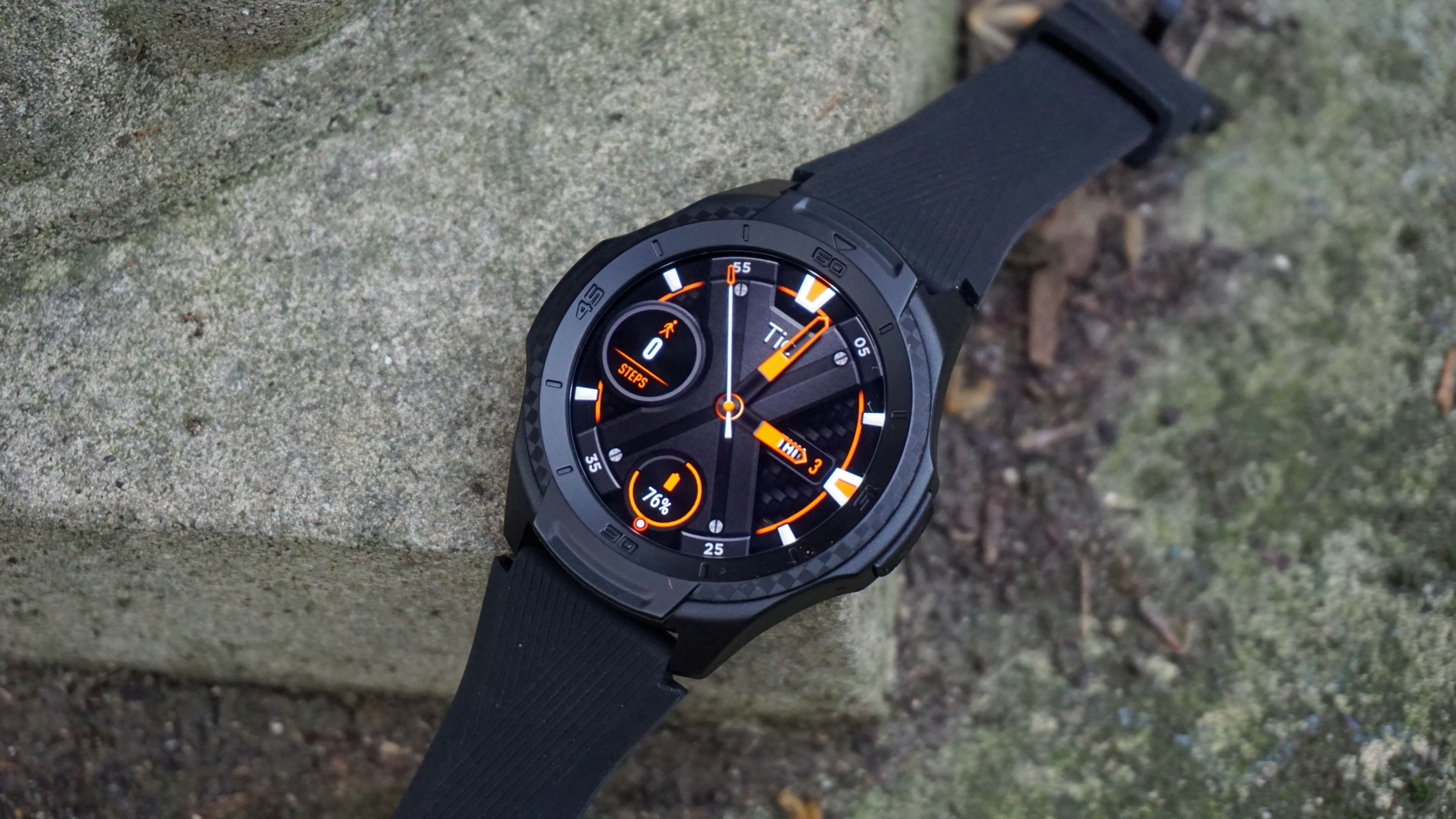Why you can trust TechRadar
Specs and performance
- Features older Snapdragon Wear 2100 chipset
- Performance still strong for day to day use
- Comes with 4GB of storage onboard
The TicWatch S2 is running on the Qualcomm Snapdragon Wear 2100, which is an older chip that we’ve seen inside all of TicWatch's devices so far. It's a couple of years old now, and it means your watch likely won't be quite as snappy as something like the Fossil Sport , which includes the Snapdragon Wear 3100.
We're disappointed that Mobvoi has opted for the older chipset again here, although we didn’t notice much impact on performance in our day to day usage.
It does mean your watch is less future-proofed, but when you start to use it you should find apps loading quickly and performing as you'd like them to.
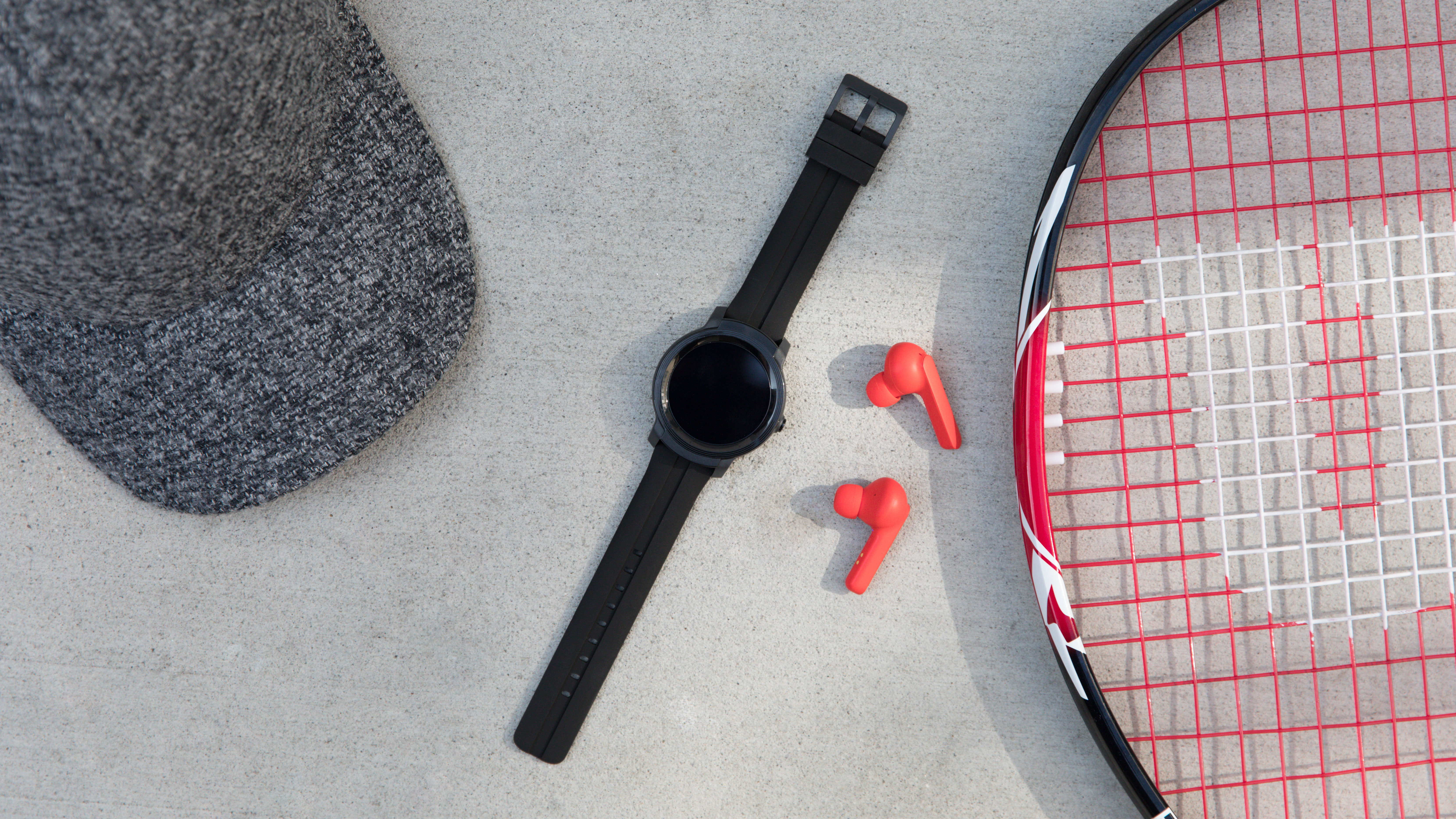
The TicWatch S2 is packing 512MB of RAM, which is a little under what we’d expect to find in a smartwatch of this type, although that said it’s not noticeably slower than other Wear OS watches on the market.
There’s also 4GB of storage, so you can upload your music to the watch and listen to it with Bluetooth headphones. This is around the standard of what we expect from Wear OS watches, but don’t expect to be able to fit on more than a couple of playlists once you’ve loaded up your watch with a couple of apps.
Software
- Runs Wear OS software in its purest form with some tweaks
- Works well on the watch
- Supporting Mobvoi app is a little lacking
The TicWatch S2 will work with both iPhone and Android devices, and while the option for iOS devices works well you'll get the optimum experience with an Android phone.
Wear OS is what you’ll be using on the TicWatch S2, and that’s a reworking of what you may have known as Android Wear. It’s made by Google, and it’s the operating system you'll find on a lot of smartwatches at the moment.
It’s a robust operating system, and while it’s not perfect it’s well implemented by Mobvoi here, and we didn't have any real issues with it.
You have access to all the Wear OS apps the Google Play Store offers, as well as thousands of different watch faces. The watch itself comes with some default options from Mobvoi, including the one pictured below, called Cool Man, which appeared when we first booted up the watch.
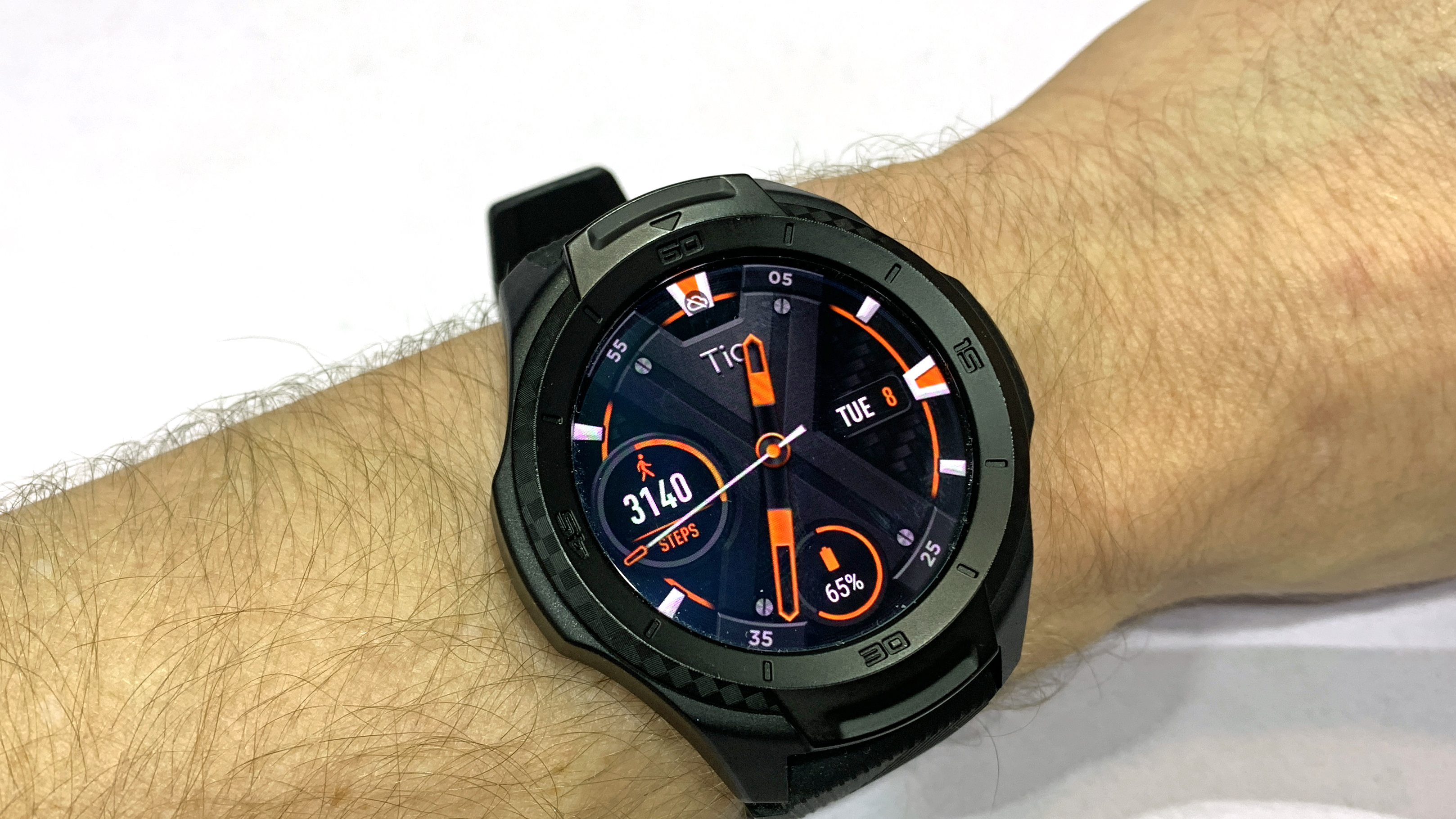
Navigating around the TicWatch S2 is easy once you know how – Wear OS has been updated a lot recently, and it's a joy to use. You just swipe your finger down from the top of the screen to access your key settings, while if you swipe left or right from the home screen you’ll call up Google Assistant and Google Fit respectively.
Google Assistant is ready and waiting on the watch, which is sometimes an easier way to navigate certain features than using the touchscreen. When you do use the touchscreen it's big enough to scroll comfortably, and it works fast enough that you won’t be kept waiting.
One big frustration we had with this watch is the lack of NFC. That means you aren’t able to access Google Pay, which is one of the main reasons we enjoy wearing a Wear OS watch on our wrist. If you like to be able to make mobile payments just by tapping your wrist, you won’t want this watch.
That’s especially frustrating when you see products such as the Fitbit Versa, which is a similar price to the TicWatch S2 and does enable you to make mobile payments.
There’s also no LTE option, so you’ll only be able to connect to the internet via your phone or your home Wi-Fi network. We found that Wi-Fi connectivity worked well, and it can be useful if you don’t want to have your phone on you at all times.
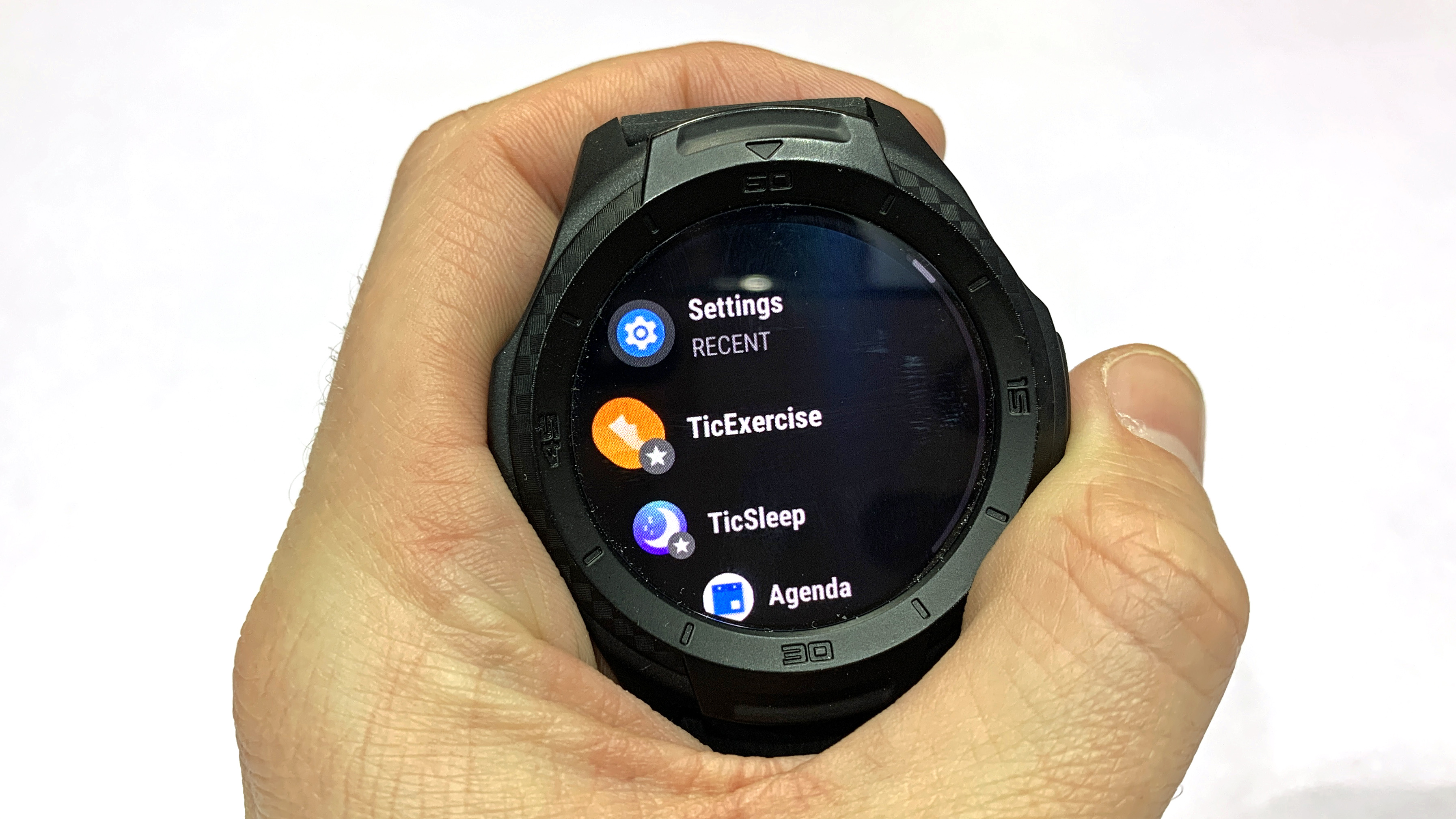
You'll also need to download Mobvoi's own app if you want to view any of your fitness stats or change certain features on the TicWatch S2. You have to connect your watch using the main Wear OS Google app, but the afterthought Mobvoi app isn't particularly impressive.
We only found ourselves using it when we wanted to break down some of the data we've recorded, but it's unlikely that you'll be excited about firing up the Mobvoi app.
Fitness
- Includes a heart rate tracker and GPS
- Design is waterproof, although we haven't tested swimming
Mobvoi is toting the TicWatch S2 as the “best smartwatch for your outdoor adventures”, and while it’s not that, exactly, it’s some of the way there. The fitness features are far improved on this watch compared to previous Wear OS iterations.
First off, the design is comfortable to wear when you’re exercising, thanks to the lightweight build and silicone strap. The design is also rugged, so it should survive the odd knock when you’re out exercising.
You’ve got all the TicWatch and Google services ready here to track your exercise, and you can download any other fitness apps you may want from the Google Play Store.
The watch pushes you to use TicHealth and TicExercise by default, but we prefer to use the Fit and Fit Workout apps that are designed by Google, and which are ready and waiting on the watch when you first boot it up.
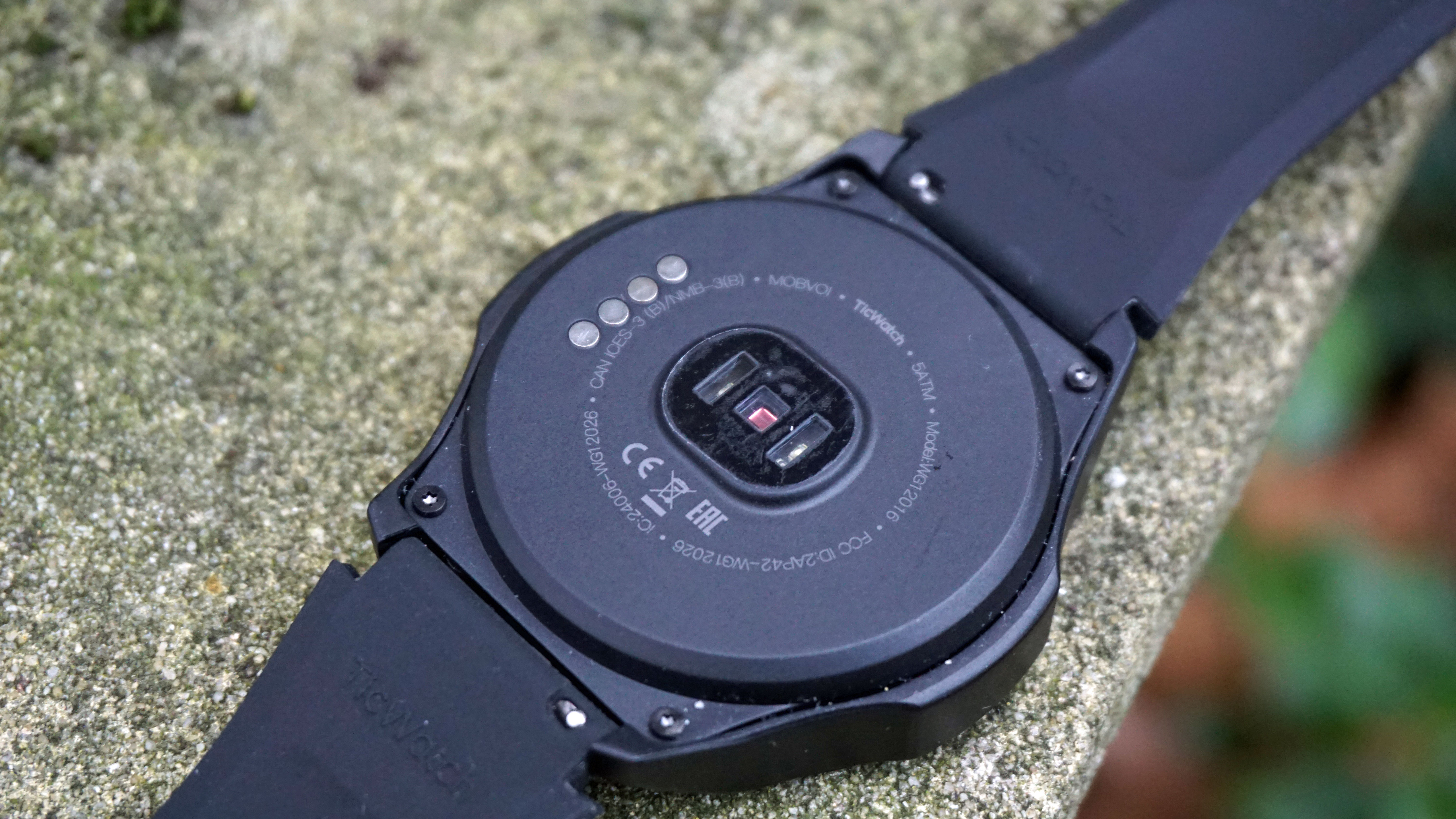
We found the heart rate tracker on the back of the watch to be accurate, but it’s worth noting that you won’t be able to use this while you're moving.
You have to stay still to take a reading – even more so than we’ve found with other smartwatches – so you’ll have to take a break in order to be able to monitor your heart rate manually.
There’s also GPS on this watch, which we found to be as accurate as our phone, and which connected swiftly. It’s not the best GPS we’ve ever used, but the watch only took a few moments to connect up and then we were ready to go.
The watch is also water resistant, so it'll be able to track your swims as well as be protected when you're exercising in the rain. We've yet to properly test the watch while swimming, but we hope to update this review soon with details on how the watch works in a pool.
Battery life
- Can last up to three days with some features turned off
- On average we found it lasted two days without exercise
- Charges using a proprietary charger
Battery life is one of the biggest selling points of the TicWatch S2 compared to the original generation, with Mobvoi touting a 30% improvement. We definitely found this watch to offer improved life over the first generation, and we found it would last two days from a single charge with the always-on display turned on.
If you turn off that feature it'll last three days, and it can last even longer too. When you're going to be doing more with it, you shouldn’t expect such good battery life though.
For example, if you’re working out with the watch and using the GPS features a lot you’ll likely find the watch will last closer to a full day from a single charge.
That’s enough when you compare it to other smartwatches, but for limited use it’s nice to know your watch can last for two days, just in case you forget your charger on an overnight stay or you forget to put it on its dock one evening.
We often continued to use the watch with the always-on display switched on because we enjoyed how it worked, and it's not much hassle to charge up the watch each evening.
To charge up the watch you’ll need the charger that comes in the box. It’s a proprietary method, which can sometimes be a bit frustrating as it uses a four-pin connection, so you won’t be able to place this on a wireless charging mat to juice it up.
Current page: Fitness, specs and battery life
Prev Page Introduction, price and design Next Page Verdict and competitionJames is the Editor-in-Chief at Android Police. Previously, he was Senior Phones Editor for TechRadar, and he has covered smartphones and the mobile space for the best part of a decade bringing you news on all the big announcements from top manufacturers making mobile phones and other portable gadgets. James is often testing out and reviewing the latest and greatest mobile phones, smartwatches, tablets, virtual reality headsets, fitness trackers and more. He once fell over.
